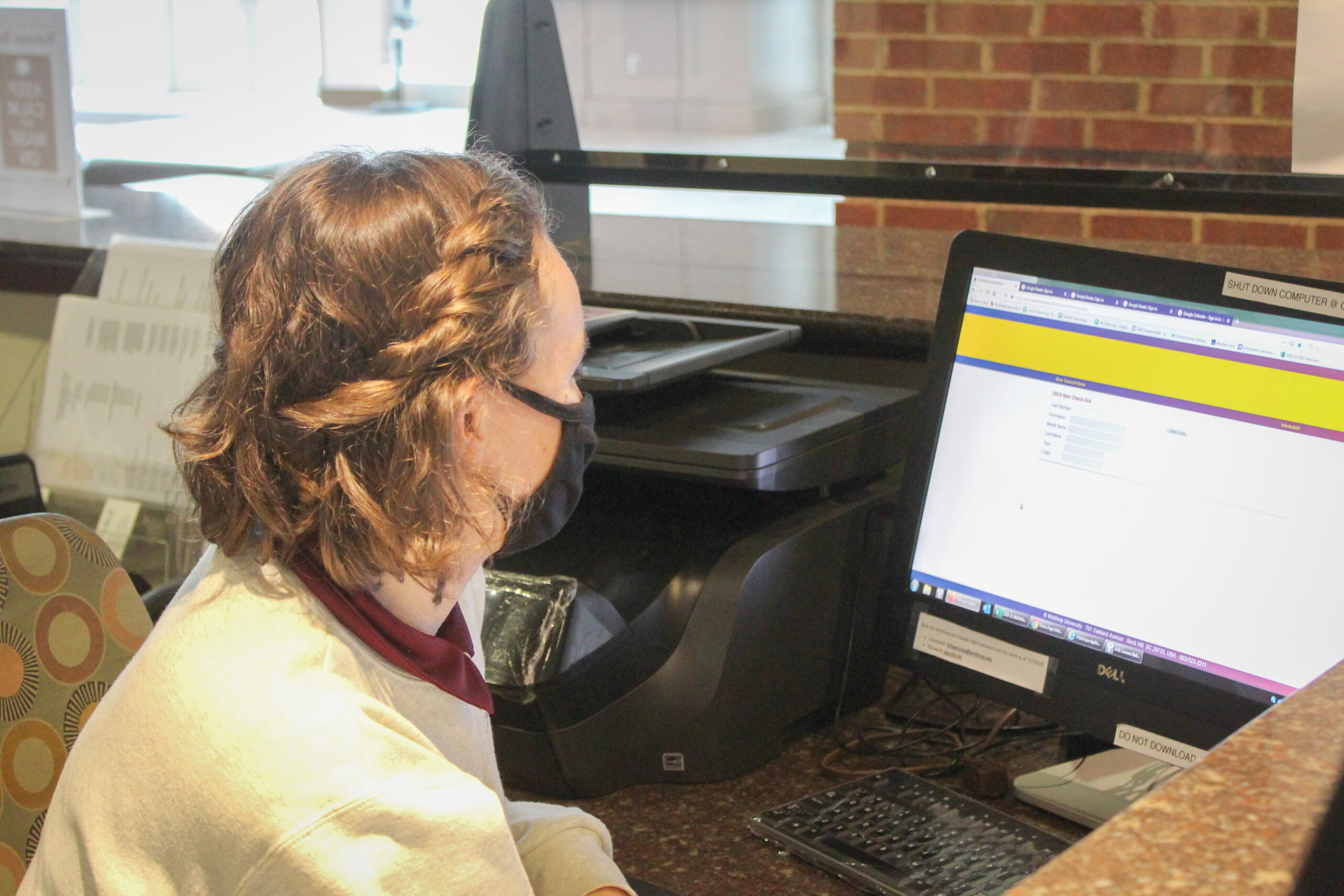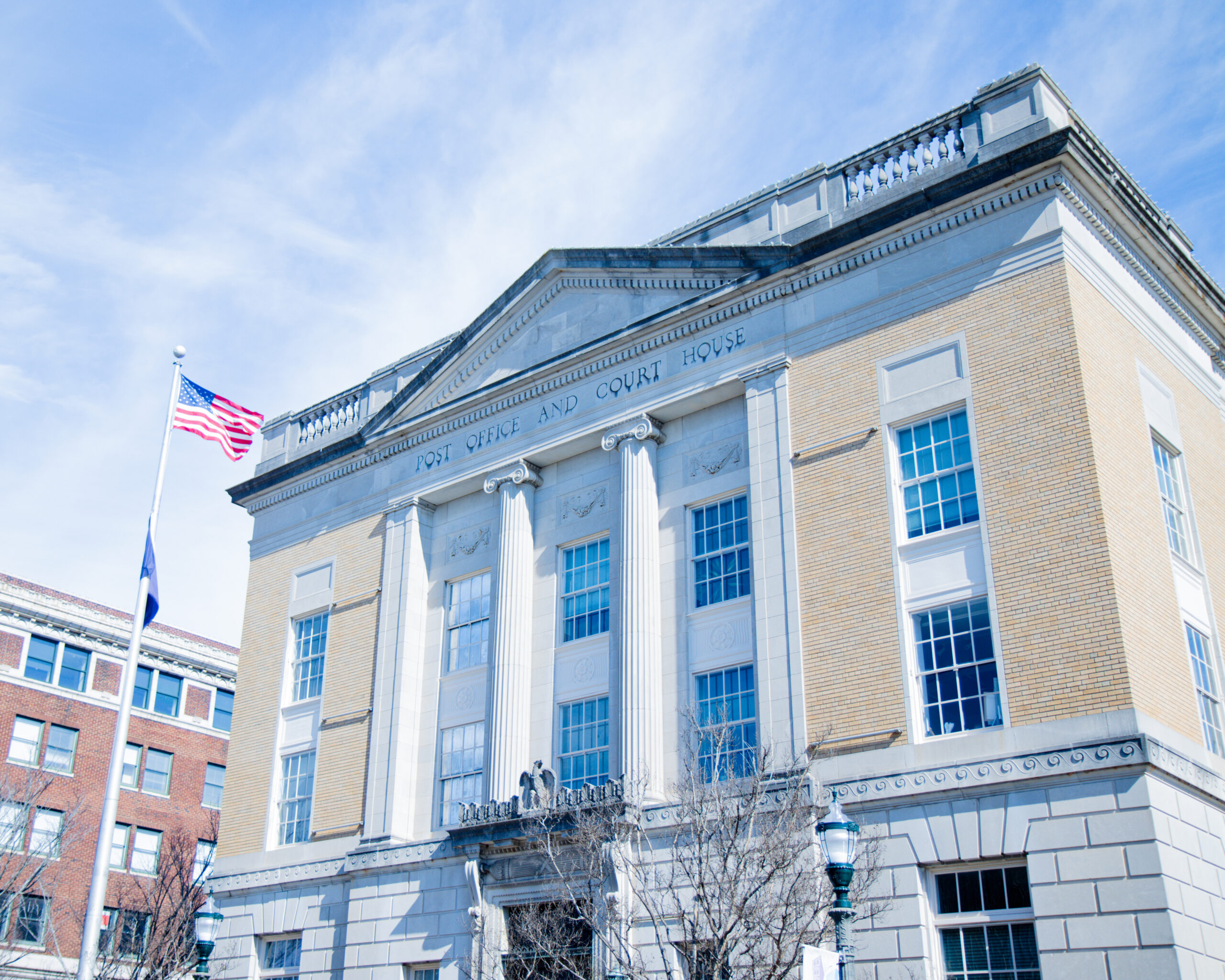Winthrop put a mandatory furlough into effect from Sept. 1 through June 30, 2021, a decision that was made to reduce costs without interfering with students and programs.
“The reason we implemented furlough was to close a budget gap between our revenues and the budget we had developed for the year…. We establish a budget well over a year in advance. We are starting to work on our fiscal year [2022] now and so we have estimated revenues that will come in and when we have a reduction in revenues then we need to find a way to reduce our costs,” Provost and Executive Vice President for Academic Affairs Adrienne McCormick said.
“A lot of our costs are baked in because we can’t just let go of faculty if we have fewer students, so the furlough program was really about helping us close the gap between some of our fixed costs for the year [and] reduced revenues as a result of reduced enrollment.”
“When we look at the revenues, our revenues are dropping. I’m forecasting 12 to 13 million dollars … this year and that’s across the tuition and fees. Which again, it’s driven by our undergraduate, went down about 5%,” said Vice President for Finance and Business Affairs, CFO Justin Oates.
“Our tuition and fee revenue went down about 5 million dollars. That definitely impacts the University because when you drop 5 million dollars, it’s not like you can drop expenses down 5 million dollars right away.”
While furlough has had a negative effect on Winthrop faculty and staff, it has been implemented to benefit the institution financially.
“It benefits the institution by making sure that we don’t run in the red by 3 million dollars because we have to balance our budgets annually. This year we instituted a furlough and we also had money coming from CARES acts to help us close our revenue gap. So, that’s why we implemented a furlough because it’s a short term solution when your revenues are not going to cover costs,” McCormick said.
“I don’t think furloughs [were] necessarily intended to help students, it was intended to help the University get through a very tough fiscal year so that we can continue to educate students in a positive way. Because again, if we didn’t reduce the expenses then we would have to reduce it in other places which may impact students if we spent less money on faculty or training … If we didn’t reduce it in furloughs, we might have to reduce it in student impacting ways. And again, this is a way that does impact our employees and faculty.”
The mandatory furlough came as a decision that was not meant to affect students. However, student employees have seen a shift since furloughs have gone into effect.
Logan Pender, a sophomore international education major and international global studies minor who works at the Starbucks Coffee located in the DiGiorgio Campus Center, said, “Before the furloughs, I was working about 38 to 42 hours a week just because I do support [myself]. I don’t have any outside support. So, clocking hours did kind of meet ends for me. How- ever, I did take off two days. But when the furloughs kicked in, they decreased my hours a lot more all together by another two days. So I’m only working Sunday through Wednesdays now and even those hours have been slashed a little bit.”
“Right now, we are making plans for the transition after Thanksgiving to back to remote learning for the remainder of the year. So at that point in time, because there will be so fewer students on campus, we will not have the same number of entities on campus open for the same hours like eating establishments, like the West Center will be on reduced hours. It will be open, but not at the same level it is now and since students are often employed in either eating establishments or in areas on campus that could impact their employment. But there has been no overarching policy that says students’ hours should be cut,” McCormick said.
“COVID is impacting student employment because we’re only in phase two,” Oates said. “In order to work in phase two, you have to be able to socially distance. I know we have been allowing some students–if the job fits, to work from home. …COVID has definitely impacted student employment but furloughs is not impacting student employment because furloughs are for full time employees and temporary employees but not students.”
“As an institution overall, we are looking for ways just to be more efficient and make sure that we are ensuring the financial stability of the institution as a whole. So, that’s the goal we are all working on right now. … There has been no overarching institutional decision to cut back on student employment other than just what’s driven by the changing conditions as a result of the pandemic which is impacting everyone.” McCormick said.
Just as furloughs have had an adverse effect on faculty and staff, student employees are finding themselves facing similar experiences as a result of COVID-19.
Photo by Jamia Johnson




